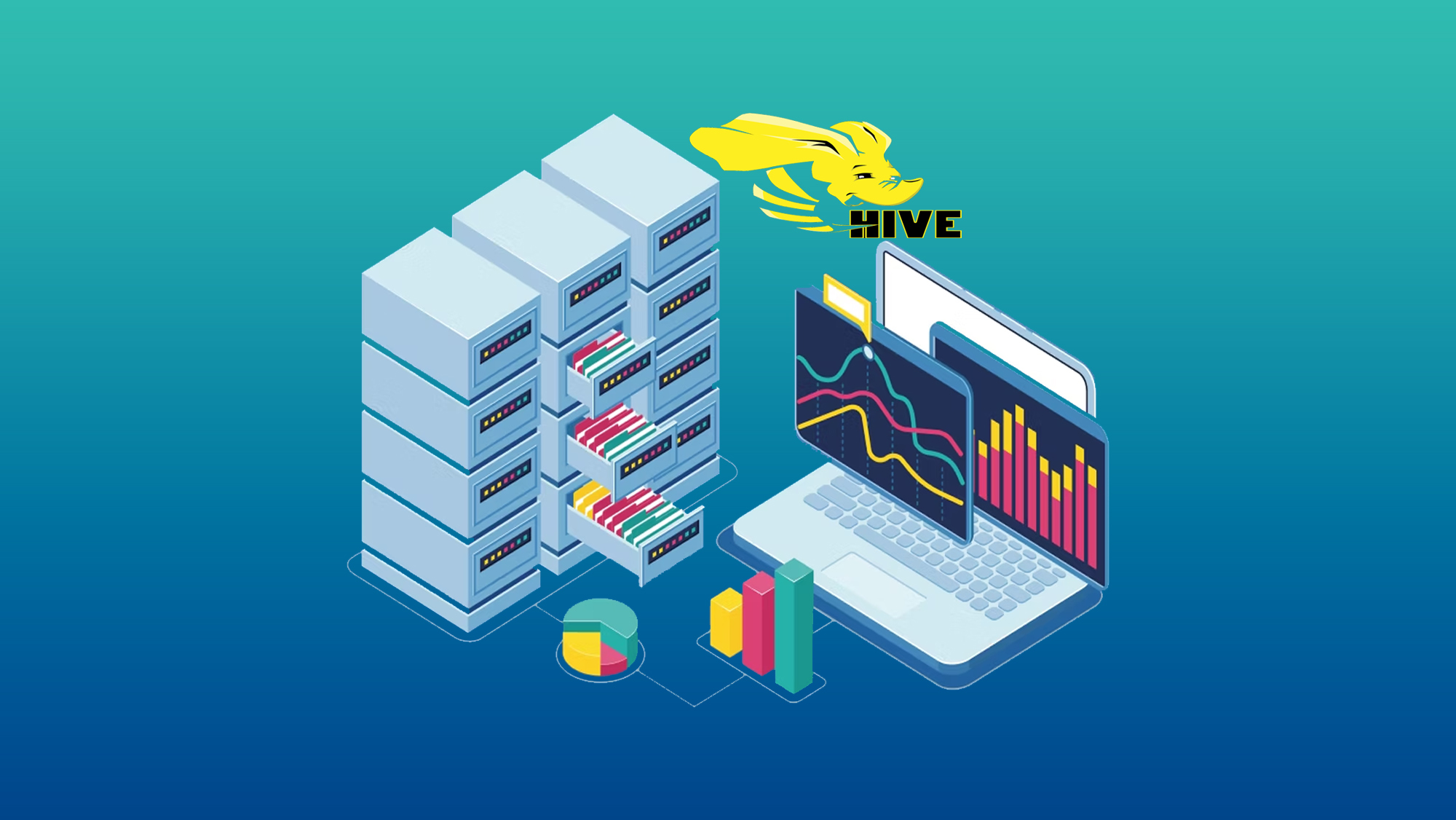Mastering Hive: Unleashing SQL-Like Queries for Data Analysis
Introduction:
In the world of Big Data, the ability to extract insights from massive datasets is a skill that holds immense value. With the advent of technologies like Hadoop, organizations have gained the power to process and analyze vast amounts of data. However, the complexity of distributed systems can be daunting. This is where Hive comes into play, offering a SQL-like interface that makes Big Data analysis more accessible to a wider audience. In this comprehensive blog, we'll embark on a journey to master Hive, exploring its features, capabilities, and techniques to unleash SQL-like queries for effective data analysis.
Understanding Hive: SQL for Big Data
Introducing Hive
Hive is a data warehousing and query language system built on top of the Hadoop ecosystem. It provides an SQL-like interface called Hive Query Language (HQL) that allows users to interact with large datasets stored in Hadoop's distributed file system (HDFS). Hive translates HQL queries into MapReduce or Tez jobs, enabling users to perform data analysis using familiar SQL-like syntax.
Key Features of Hive
- SQL-Like Syntax: Hive's HQL resembles SQL, making it accessible to individuals familiar with relational databases. This reduces the learning curve and enables data professionals to leverage their existing skills.
- Schema-On-Read: Unlike traditional databases that require a predefined schema, Hive follows a schema-on-read approach. This means that data is structured during query execution, allowing for greater flexibility when dealing with diverse datasets.
- Data Transformation: Hive supports data transformation and preprocessing through its HQL. Users can perform data cleansing, filtering, and aggregation to prepare data for analysis.
- Integration with Hadoop Ecosystem: Hive seamlessly integrates with other Hadoop ecosystem tools such as HBase, Pig, and Spark. This enables users to leverage a wide range of data processing capabilities.
Mastering Hive: Unleashing SQL-Like Queries
1. Setting Up Hive
Begin your journey by setting up a Hive cluster. Install and configure Hive on top of Hadoop. This involves defining the metastore, which stores metadata and schema information.
2. Understanding Hive Data Model
Grasp the fundamental concepts of Hive's data model, including databases, tables, partitions, and buckets. Understand how data is organized and managed within Hive.
3. Hive Query Language (HQL)
Dive into HQL by learning essential SQL-like commands for data retrieval, filtering, sorting, and aggregation. Practice writing queries to extract meaningful insights from your data.
4. Data Transformation and Loading
Explore Hive's capabilities for data transformation using HQL functions. Learn how to load data into Hive tables from various sources, such as HDFS or external databases.
5. Joins and Subqueries
Master the art of joining tables and using subqueries in Hive. Understand different join types, optimize query performance, and write complex queries for advanced analysis.
6. User-Defined Functions (UDFs)
Extend Hive's functionality by creating custom User-Defined Functions (UDFs) in languages like Java or Python. UDFs allow you to perform custom calculations and data processing.
7. Partitioning and Bucketing
Explore partitioning and bucketing techniques to optimize data storage and query performance. Understand how to organize data into partitions and buckets based on specific columns.
8. Working with Complex Data Types
Learn how to work with complex data types like arrays, maps, and structs in Hive. These data types allow you to represent and analyze more intricate datasets.
9. Performance Optimization
Optimize query performance by understanding Hive's execution plans, indexing, and parallel processing. Utilize techniques like query tuning and optimizing data storage formats.
10. Integrating with Other Tools
Explore integration with other Hadoop ecosystem tools like Spark and Pig. Leverage Hive's capabilities within a broader data processing pipeline to perform comprehensive analysis.
Unlocking the Power of Hive: Real-World Applications
Hive's versatility and SQL-like interface make it an invaluable tool in various real-world applications:
- Log Analysis: Hive is well-suited for analyzing log files to extract insights and identify trends, making it an essential tool for IT operations and troubleshooting.
- Marketing and Customer Analytics: Hive can be used to analyze customer behavior, perform cohort analysis, and track marketing campaign effectiveness.
- Financial Analysis: Hive is valuable for financial institutions to analyze transaction data, detect anomalies, and make informed decisions.
- E-Commerce: Hive's data warehousing capabilities enable e-commerce platforms to analyze sales, inventory, and customer interactions.
Conclusion:
Mastering Hive is a gateway to unleashing the power of SQL-like queries for effective data analysis in the realm of Big Data. By understanding Hive's features, data model, and HQL, you can confidently navigate large datasets and extract meaningful insights. Hive's integration with the Hadoop ecosystem and its role in various real-world applications make it a vital tool for organizations seeking to harness the potential of their data. Embrace the journey of mastering Hive, and open the doors to a world of data-driven discovery and innovation.
You May Also Like
These Related Stories

Everything You Need to Know About Hive Training

Hive Vs Traditional Databases: Unleashing Big Data Analytics Future




No Comments Yet
Let us know what you think